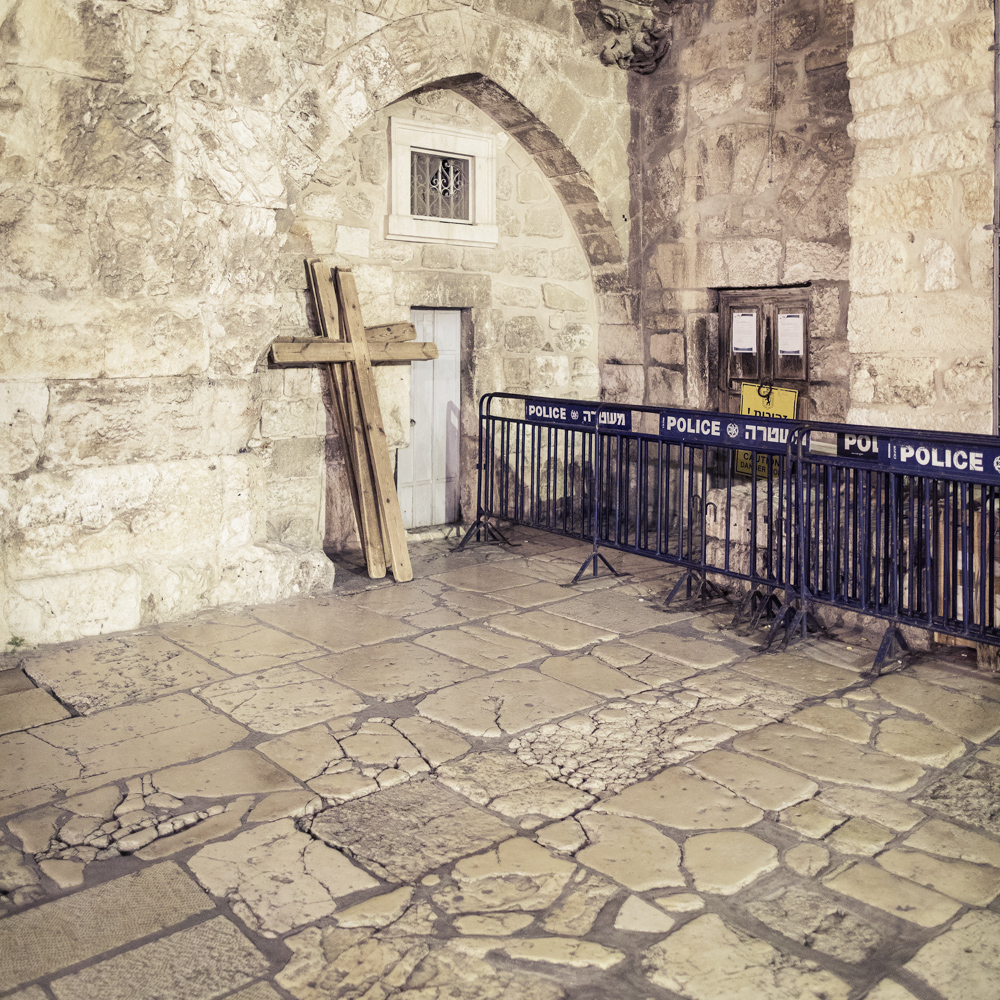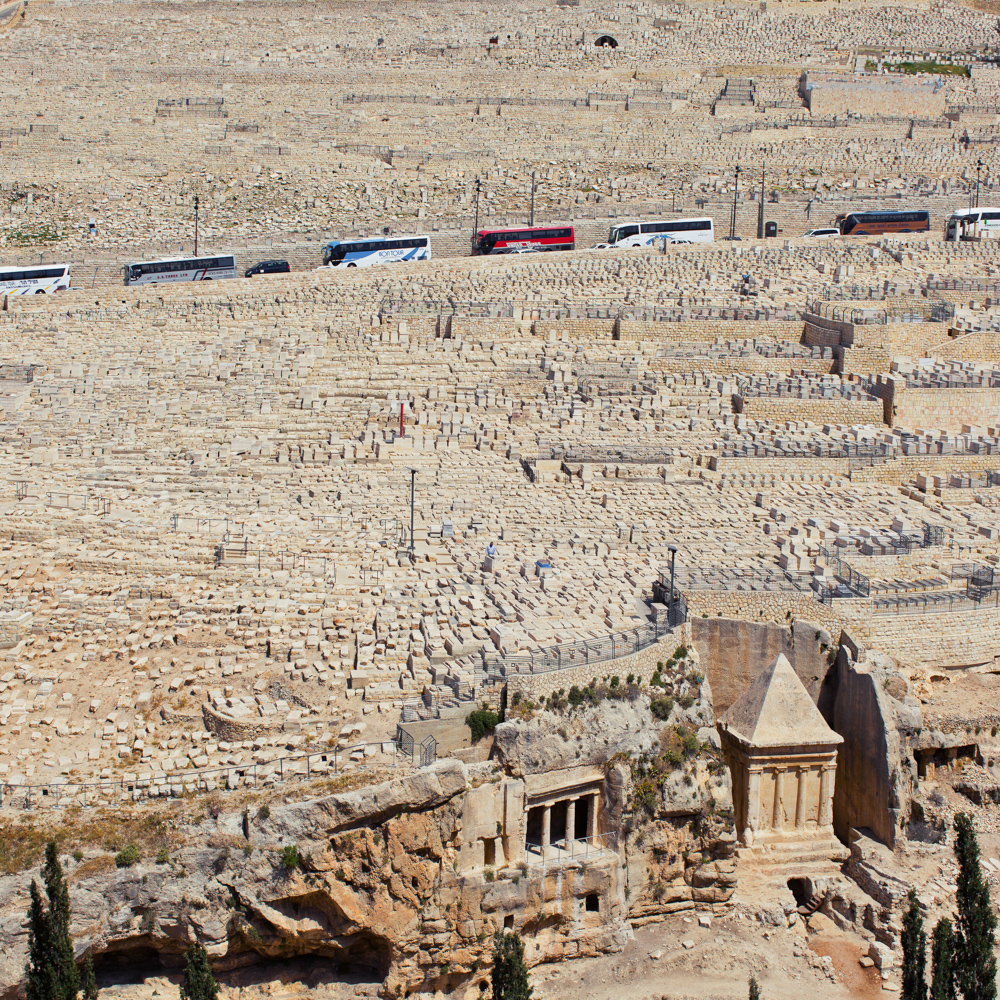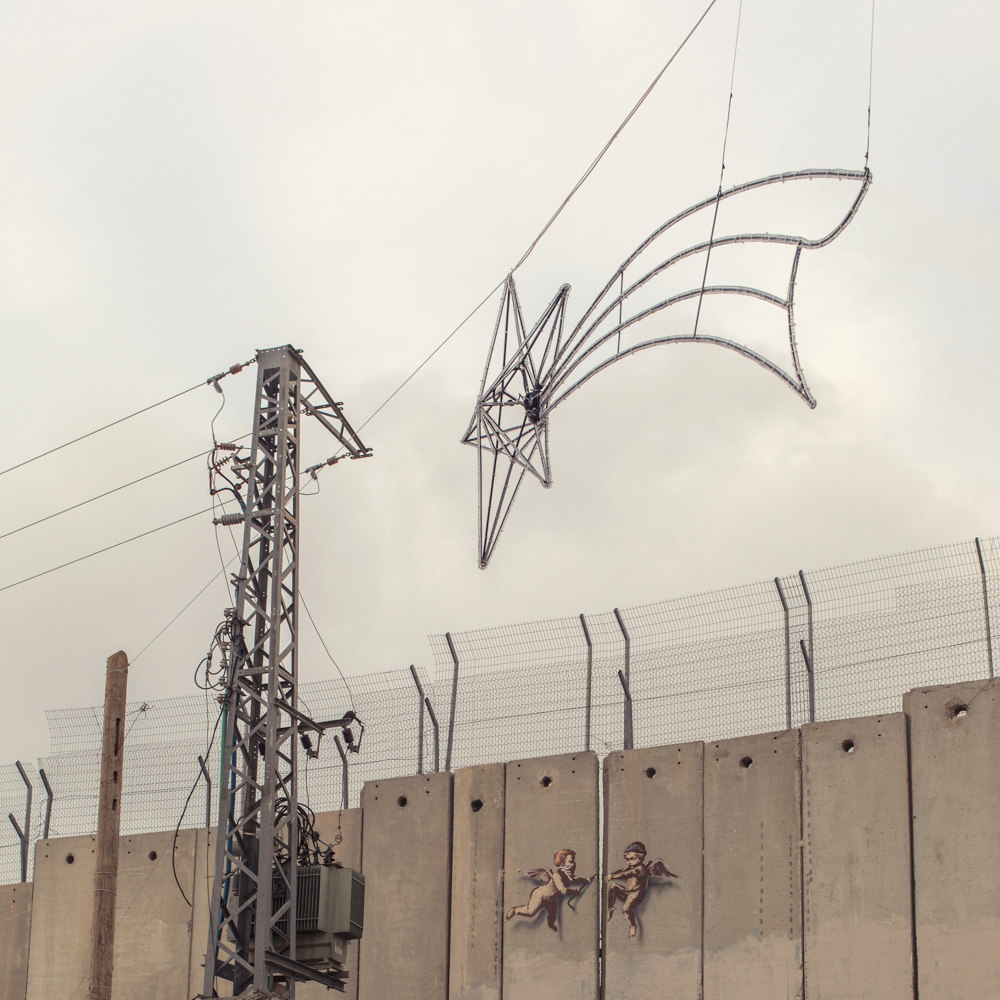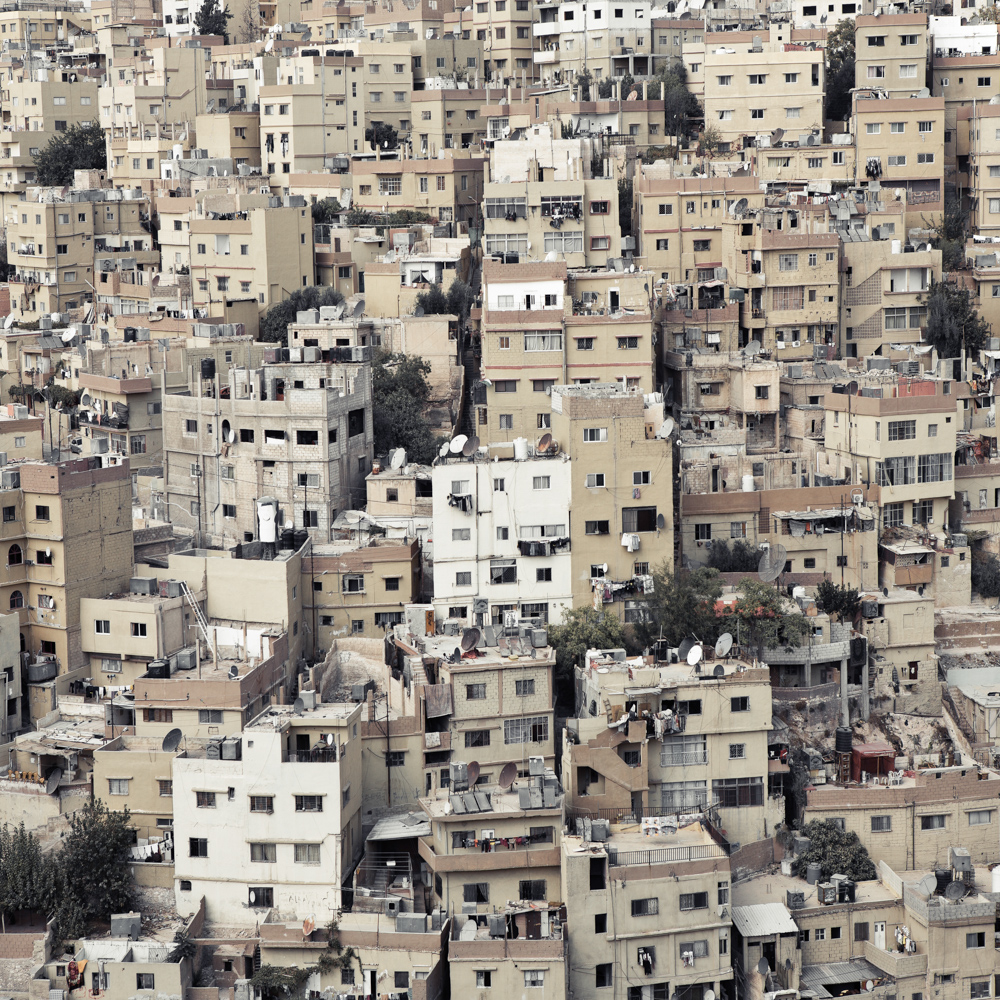Named after the Aramaic language that was supposedly spoken by Jesus Christ, and referring to “the Promised Land”, "HaAretz HaMuvtahat" employs the camera lens as a conceptual tool to reinterpret the biblical landscapes amidst a globalized world of consumerism, hypertechnicality, mass tourism and war devastation.
Compiled from photographs taken in Israel, Palestine, Lebanon, Jordan, Syria and Egypt, "HaAretz HaMuvtahat" is conceived with the aim to document some of the oldest continuously inhabited settlements in the world, such as Jerusalem, Jericho, Bethlehem, Tyro, Byblos or Damascus wich represent the epicentre of the jewish, christian and arab cultures. At the same time, it aspires to provide a critical visual refection on the potential evolution (or regression) of conflictive ancestral regions referred to as the cradle of civilization such as Galilee, Samaria or Judea, while testifying to the ferocious power that capitalism and technology exercise in our postmodern times.
professional category
Ha Aretz Ha Muvtahat (Series)
DESCRIPTION
AUTHOR
Roger Grasas was born in Barcelona (1970). He began his academic studies in 1995 at the Photography Faculty of the Catalunya Politechnical University where he specialized in landscape and documentary photography. Later on he enrolled at the University of Barcelona where he graduated in Philosophy of Aesthetic specialty and political philosophy.
Grasas began his professional career in 2002 documenting cooperation projects for international foundations and for UNESCO org. Since then, traveling becomes the core of his artistic work, translating his experiences and reflections into visual arts. Regular contributor to several Spanish and international publications (National Geographic).
His body of work approaches the role and importance that technology reveals within the post-modern digital society and the state of confusion that human being suffers in the contemporary landscape. Sociopolitical issues such as globalization and philosophical concepts such as the 'difference', 'hyperreality' and 'alienation' generated by the post-capitalist society are also common places of his work.
His projects have been exhibited in galleries of Spain, France, Netherlands, Germany, USA, United Arab Emirates and Mexico. In 2017 his latest projects 'Atenea' and 'Min Turab' have been published by the international RM publishing house. Several international awards including Photolucida, LensCulture Exposure, Head-ON Festival and PhotoEspaña18
Grasas began his professional career in 2002 documenting cooperation projects for international foundations and for UNESCO org. Since then, traveling becomes the core of his artistic work, translating his experiences and reflections into visual arts. Regular contributor to several Spanish and international publications (National Geographic).
His body of work approaches the role and importance that technology reveals within the post-modern digital society and the state of confusion that human being suffers in the contemporary landscape. Sociopolitical issues such as globalization and philosophical concepts such as the 'difference', 'hyperreality' and 'alienation' generated by the post-capitalist society are also common places of his work.
His projects have been exhibited in galleries of Spain, France, Netherlands, Germany, USA, United Arab Emirates and Mexico. In 2017 his latest projects 'Atenea' and 'Min Turab' have been published by the international RM publishing house. Several international awards including Photolucida, LensCulture Exposure, Head-ON Festival and PhotoEspaña18
back to gallery







